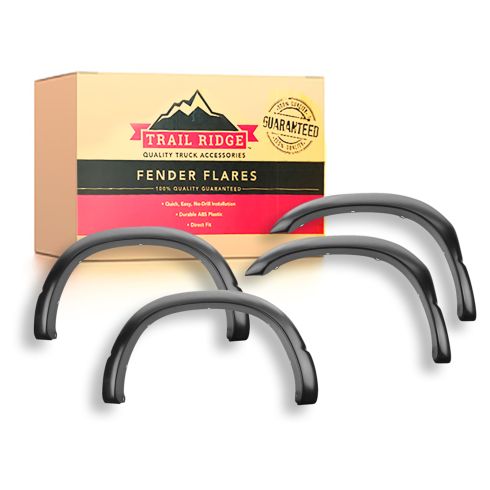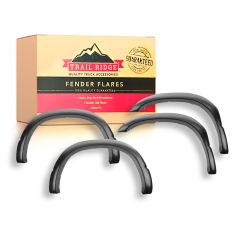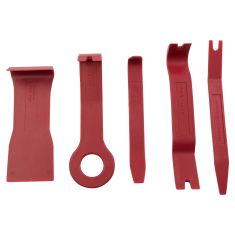1ABFK00012-Dodge Ram 1500 2500 3500 4 Piece Fender Flare Kit Trail Ridge TF10098

Replaces
Dodge Ram 1500 2500 3500 4 Piece Fender Flare Kit Trail Ridge TF10098

Frequently bought together
Product Reviews
Loading reviews
4.80/ 5.0
5
5 reviews
Fender Flare Kit
January 8, 2019
This kit fit perfect and was very easy to install. My goal was to cover rust starting to develop above the rear wheels. Width was great for this purpose and I have received compliments on the new look.
Thanks
Don Maxheimer
Truck parts
February 15, 2019
The fender flares are great they give the truck a nice look also the driver side mirror fit perfectly n also looks great
Perfect
December 30, 2019
Perfect fit, good quality and easy to install. Not too big just the right size, look very good even if the truck is stock.
Better than OEM quality
August 19, 2020
To begin this is one fantastic product. It arrived very quickly in great condition. After unpacking I followed the easy to understand installation instructions. About two hours later I had beautiful fender flares on my truck. These fender flares are highly recommended for purchase.
Overall decent product
September 22, 2020
My only issue with this product was how it fit. My truck has a rolling body line and wasnt overly impressed with that area. Otherwise was happy with the product.
Customer Q&A
No questions have been asked about this item.




















